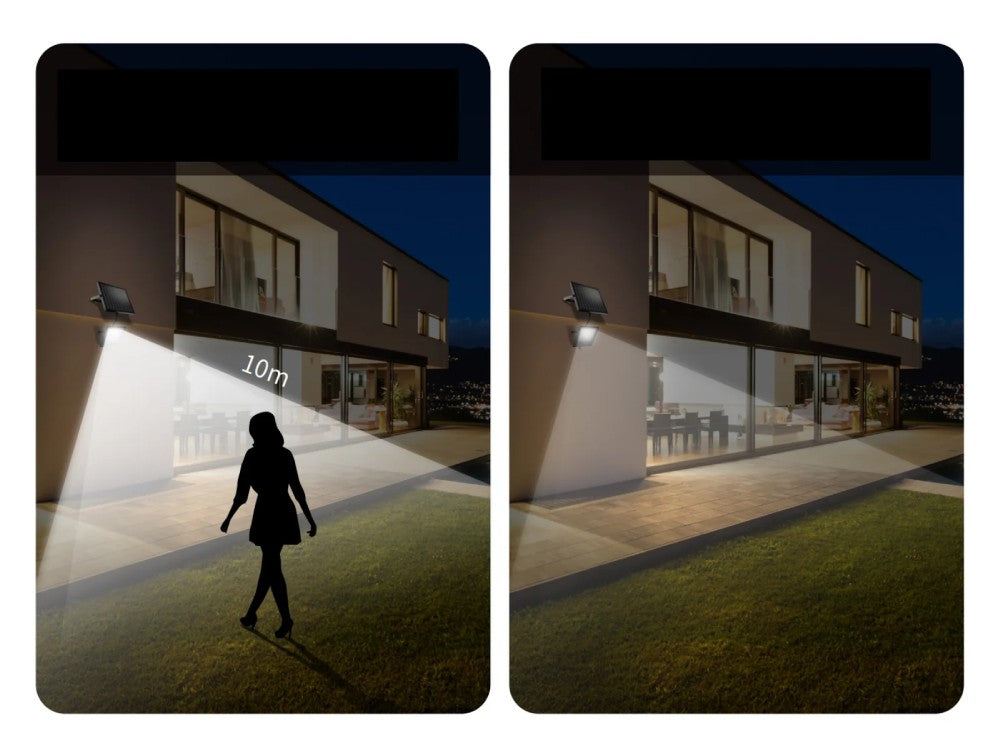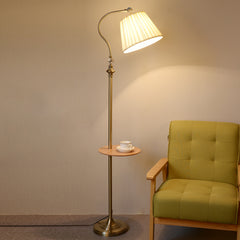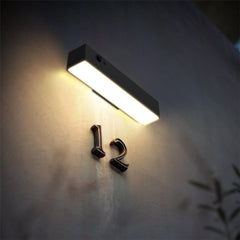Flood lights with motion sensors are one of the most reliable ways to secure your property. They automatically switch on when movement is detected, offering peace of mind and energy efficiency. But like any piece of technology, they don’t always work perfectly. Sometimes, motion sensors stay on constantly, fail to detect movement, or behave unpredictably after a power surge.
In these cases, a reset usually solves the problem. Knowing how to reset a flood light sensor is a quick and simple fix that restores normal operation. Let’s look at why resets are needed, the most common methods, and how solar motion sensor flood lights make this process even easier.
Why Resetting Is Sometimes Necessary?
Flood light sensors can misbehave for several reasons. Electrical interruptions, incorrect settings, or even environmental factors can all interfere with their performance. Resetting clears these temporary errors and allows the light to “re-learn” its settings.
Common reasons you may need to reset your flood light sensor include:
-
Power fluctuations or outages that disrupt the light’s memory
-
Incorrect configuration during installation or adjustment
-
Obstructions like dust, insects, or debris interfering with the sensor
-
General wear and tear over time that affects responsiveness
If your sensor suddenly seems unreliable, a reset is usually the first and simplest solution.
How To Reset a Flood Light Sensor?
Different models may vary slightly, but most motion sensor flood lights can be reset using a few standard methods. Here are the most effective approaches:
1. Power Cycle Reset
Often the quickest fix, a power cycle refreshes the light’s memory.
-
Switch the light off at the wall.
-
Leave it off for at least 30 seconds (or up to 2 minutes for a deeper reset).
-
Turn it back on and test the sensor.
This method usually resolves minor glitches caused by power surges or interruptions.
2. Manual Reset Button
Some modern flood lights include a dedicated reset button near the sensor head.
-
Press and hold the button for 10–15 seconds.
-
Release it once the light flashes or blinks—this signals the reset is complete.
-
Reconfigure the sensor settings (like sensitivity, detection range, or timer duration).
Always check your product manual to confirm whether your model has this option.
3. Switch Reset Method
For lights without a reset button, the wall switch can act as a manual reset.
-
Flip the switch off and on quickly three to four times.
-
Watch for a flash or blink, which usually confirms a reset.
-
Adjust the light’s sensitivity and timing if required.
This technique is often used with older wired flood lights.
Troubleshooting After a Reset
If your sensor still isn’t working properly after a reset, don’t worry. A few simple checks often resolve lingering issues.
-
Reposition the sensor – Ensure it covers the intended detection zone.
-
Adjust sensitivity settings – Too high and it may detect passing cars or pets; too low and it may miss people.
-
Clear obstructions – Remove cobwebs, dust, or leaves that could block the sensor.
-
Confirm power supply – For wired lights, check the circuit breaker; for solar flood lights, ensure the panel gets enough sunlight.
-
Test at different times – Some lights behave differently in daylight compared to night-time operation.
Taking these steps alongside a reset usually restores your flood light to full working order.
Resetting Solar Motion Sensor Flood Lights
Resetting a solar-powered flood light is even simpler. Most models include a power button or remote control for easy operation.
To reset:
-
Turn the light off using the button or switch.
-
Wait around 10–15 seconds.
-
Turn it back on (or hold the button for 5–10 seconds if a factory reset is needed).
Because solar lights don’t rely on hard wiring, resets are fast and low-maintenance—making them ideal for homeowners who want security without complications.

Final Thoughts
If your security light starts acting up, knowing how to reset a flood light sensor can save you the cost and hassle of a replacement. Whether through a power cycle, reset button, or switch method, most fixes only take a few minutes.
For long-term reliability, consider upgrading to solar motion sensor flood lights, which are easier to maintain and run at no cost. At Outway, our solar floodlight range is built for Australian homes—durable, weatherproof, and simple to reset whenever needed.



